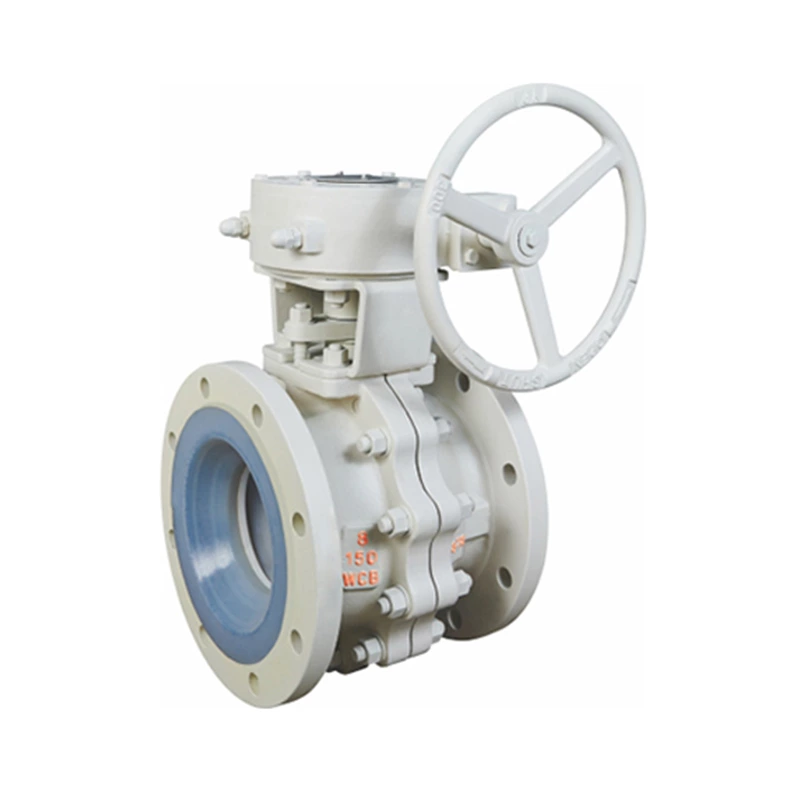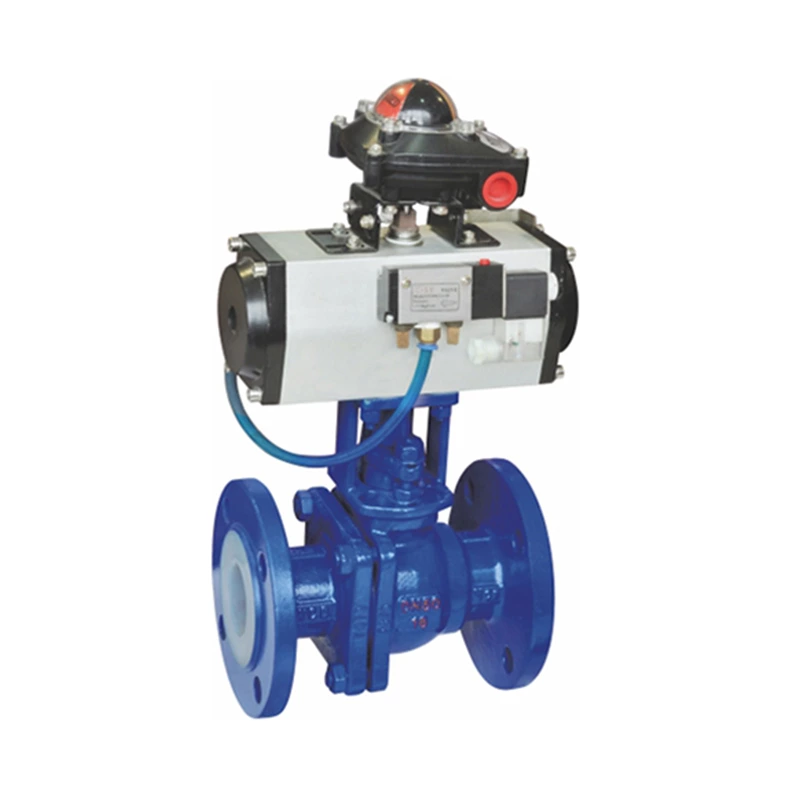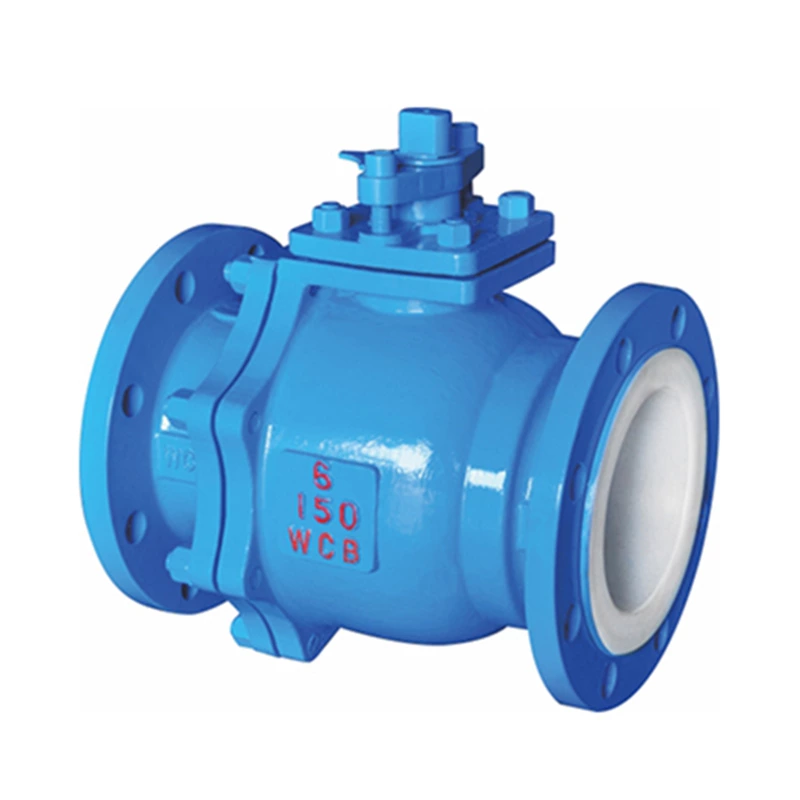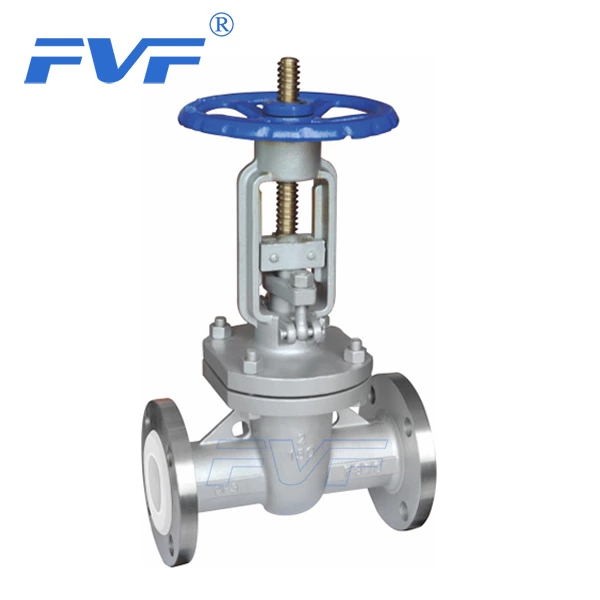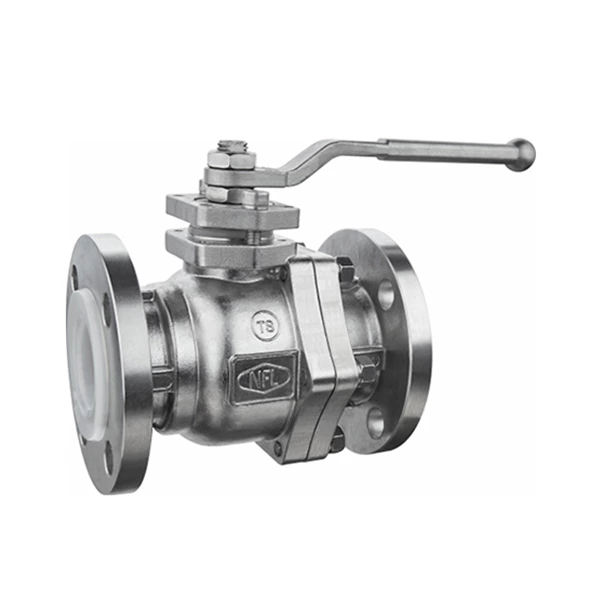How Much Temperature Can The Ptfe Lined Valve Withstand
Lined Valve As an anti-corrosion guard in the chemical process, its temperature resistance directly determines the safety boundary of the equipment. The molecular structure of the polytetrafluoroethylene (PTFE) lining gives the valve excellent corrosion resistance, but there is a clear threshold limit for temperature adaptability. So how much temperature can the PTFE-lined valve withstand? This article will introduce it to you in detail!
Fluorine-lined Y-type filter (PTFE-lined valve series)
1. Physical and chemical basis of temperature tolerance
PTFE material maintains a stable crystal structure in the range of -196℃~260℃, enters a high elastic state at 327℃, and begins to thermally decompose above 400℃. In practical applications, the triple superposition effect needs to be considered: the corrosiveness of the medium will reduce the effective temperature resistance upper limit by about 15%~30%, the pressure fluctuation (>1.6MPa) will reduce the temperature threshold by 20℃, and the friction heat generated by frequent opening and closing can cause local temperature rise of more than 50℃.
II. Analysis of five temperature critical points
1. Long-term use temperature: It is recommended to control it at -50℃~180℃ (dry state) or -30℃~150℃ (wet state). At this time, the expansion coefficient of the lining (1.2×10-4/℃) is better matched with the metal valve body
2. Peak tolerance temperature: It can withstand 230℃ for a short time (<30 minutes), and needs to be used with a water-cooled jacket
3. Low-temperature brittle point: At -100℃, the impact strength of the lining drops to 60% of the normal temperature value. Modified PTFE materials should be used for deep cold conditions
4. Thermal fatigue threshold: After more than 500 temperature cycles (ΔT>80℃), the bonding strength between the lining and the valve body decays by 40%
5. Decomposition warning temperature: At 340℃, trace amounts of perfluoroisobutylene (PFIB) begin to be released, and an online gas detection system needs to be configured
III. Working condition adaptation selection guide
* Strong acid and high temperature scenario (such as 98% sulfuric acid, 180℃): Use molded lining with wall thickness ≥3mm and graphite-filled PTFE sealing ring
* Low temperature chlor-alkali environment (-45℃, 33% liquid alkali): Give priority to steel-lined PO/PTFE composite structure, and reserve 15% expansion margin
* Steam heating pipeline (pressure 1.0MPa, temperature fluctuation 90-150℃): Must use winding lining process with metal reinforcement ribs
In order to ensure its performance and service life, users should do the following during use: Check the lining thickness every month (allowable wear <0.2mm), the temperature sudden change rate should be <30℃/h, and it is forbidden to use steam to directly flush the valve cavity.
